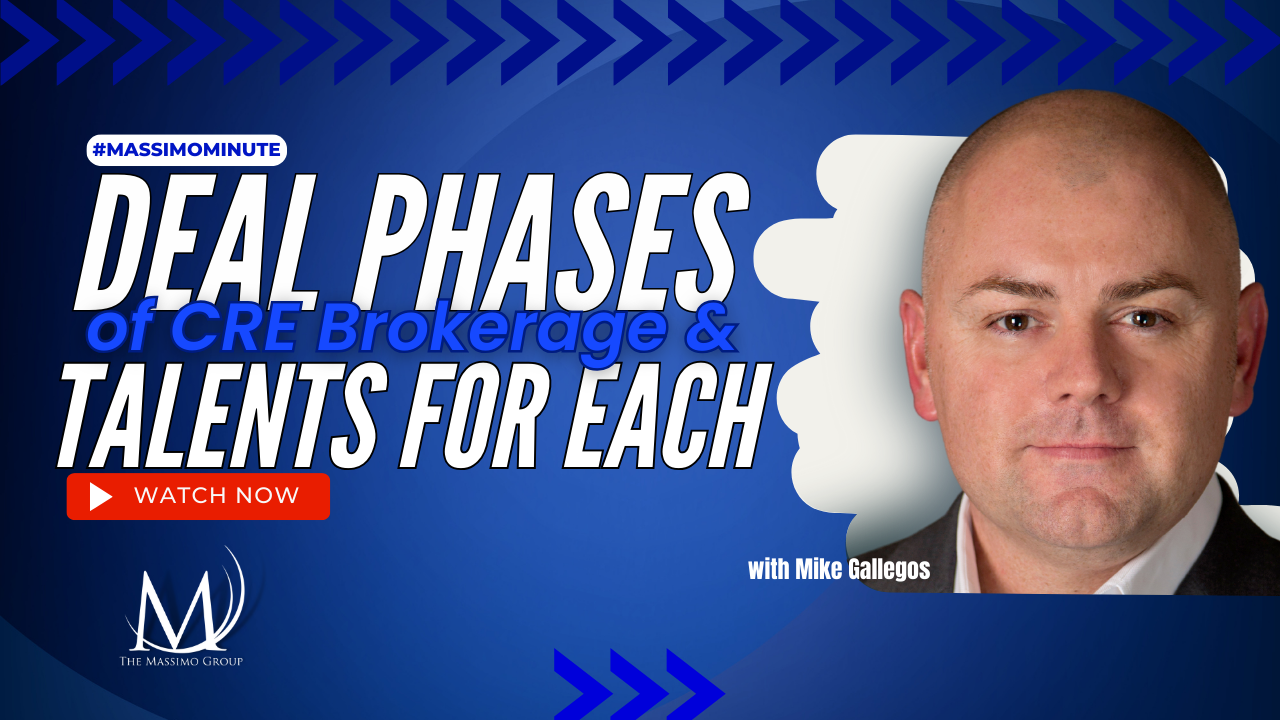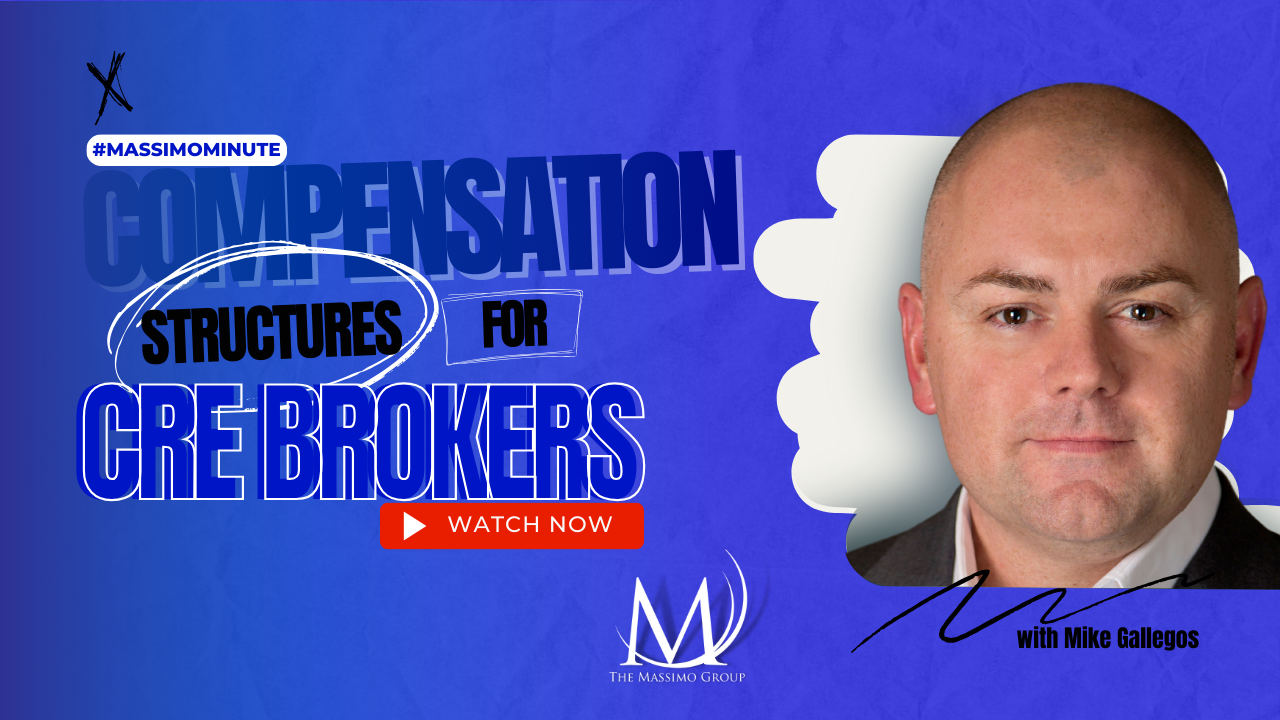Someone in your commercial real estate database is ready to do a transaction right now. But who is it? There’s a certain degree of predictability to the leasing business, since landlord and tenant relationships have fixed lengths. As long as you have access to the rent roll, you should have a good idea of who will need you and when, but the situation is different if you are looking to identify potential sales clients. You can, however, use data that is readily available in the market to identify likely commercial real estate prospects.
4 market trends you can use to identify CRE prospects:
-
Dramatic shifts in occupancy levels.
When a property has a meaningful shift in its occupancy for the better or for the worse, it frequently leads to a sale. When buildings fill up, many owners try to monetize their good fortune and sell the building at its new, higher value. On the other hand, buildings that empty out force owner that cannot afford the diminished cash flow to put them up for sale.
-
Loan balloons.
While some owners constantly refinance their buildings, holding them forever, others look at their periodic balloons as opportunities to sell and exchange into newer, larger buildings. Although loan terms are not public record, you can usually estimate when they will roll by assuming a five to seven year life for local bank financing and a ten year life for life insurance or conduit debt.
-
New planned construction.
New competing buildings coming to a market generate a healthy reason for owners to sell before their tenants move out. To fully capitalize on this information, you will need to be well ahead of the actual commencement of construction. After all, buyers may be wary of taking on existing buildings once new construction is underway.
-
Recent sales in the area.
When a building in a given area sells, there are two reasons that other owners may be more willing to put properties on the market. If the existing sale is at a particularly good price, it may motivate them to take advantage of a hot market. The other motivation comes from the fact that there may be buyers that are interested in the area but did not win the opportunity to buy the other building. When offers circulate, sellers tend to listen.
While all of these events can motivate clients to sell, the list is far from exhaustive. When you review the market, try to think like a commercial real estate owner. Remember that many owners are motivated by either fear or desire. When something bad happens or could happen, it triggers their fear motivation. When something good happens, it can trigger their desire to cash in on it. If you look at your database this way, identifying probable transactions becomes easier.





